Hunter Boston bends over the horse’s back leg, squeezing long-handled nippers. The animal huffs quiet impatience, shifting its weight as Boston peels a thick shaving of keratin from its hoof. Boston’s teacher, Leon Lemieux, drops the horse’s leg to the ground, offering a short break. A minute later, he lifts it again and Boston stoops over, ready to continue the routine equine pedicure that is central to the eternal work of the farrier.
Boston is one of four Indigenous students from the Cariboo Chilcotin participating in a unique hands-on introduction to farrier training. Co-ordinated by the Cariboo Chilcotin Aboriginal Training Education Network and led by professional farrier Tom Alphonse and a team of experienced horsemen, the two-week pilot program teaches students skills that have been passed down for centuries, wherever humans and horses have worked together.
Today is the second-last day of the course. The class has travelled to Bear Valley Ranch near Quesnel, where a hot, dusty corral full of horses will be their classroom. It’s an opportunity to put their new hoof trimming skills to work, under the guidance of a team of experienced instructors in a real-world scenario.
“I am very happy with the progress these young people have made in the past two weeks,” Alphonse says. “Some of them came in with little or no experience working with horses. Now they have the introductory skills to understand what’s required to become a farrier and consider it as a career.”
Julie Harry, a community development worker with the training education network, said the farrier program has been in the works for a few years but was temporarily derailed when COVID-19 hit. She's happy to see it finally take off.
"We thought it would be an amazing experience and to bring more people into the trade and what I’m hearing from participants is that they had a really great time.”
Despite a trend towards motorized vehicles such as ATVs replacing horses in many areas of ranching and agriculture, farriers remain in demand all over the world, across a range of industries. A 2019 economic impact study of the equine industry conducted by the Horse Council of BC found that $78.3 million is spent annually in the province on vet and farrier care, with the industry supporting an estimated 540 full-time equivalent farrier jobs, and vets and farriers accounting for approximately 15 per cent of the total equine workforce. With many current farriers like Alphonse approaching the end of their working life, the need for this specialized skill is outpacing the number of trained farriers available in Canada.
For the students in this program, the training is a chance to develop skills to meet that need and continue family ranching traditions they trace back for generations.
“My grandpa owned a farm when I was younger and he gave me my first horse,” says farrier student Braelyn Funk. “He got out of it when he got too old and I knew that I wanted to bring that back into our family. I think that it's really important to stay with our roots and maintain this relationship with these animals.”
Alphonse believes this kind of training benefits both the individual and the larger community.
“Passing on knowledge has a lot to do with everything from job skills to survival skills, to skills to understand and open up a lot of opportunities for yourself. When you make your life better, all those ones around you are going to experience that as well,” he says.
He also believes the work can have therapeutic value. “I found a lot of good healing powers in working with horses,” he says. “If you're feeling sad or you're not feeling on top of your game, these horses pick up on that.”
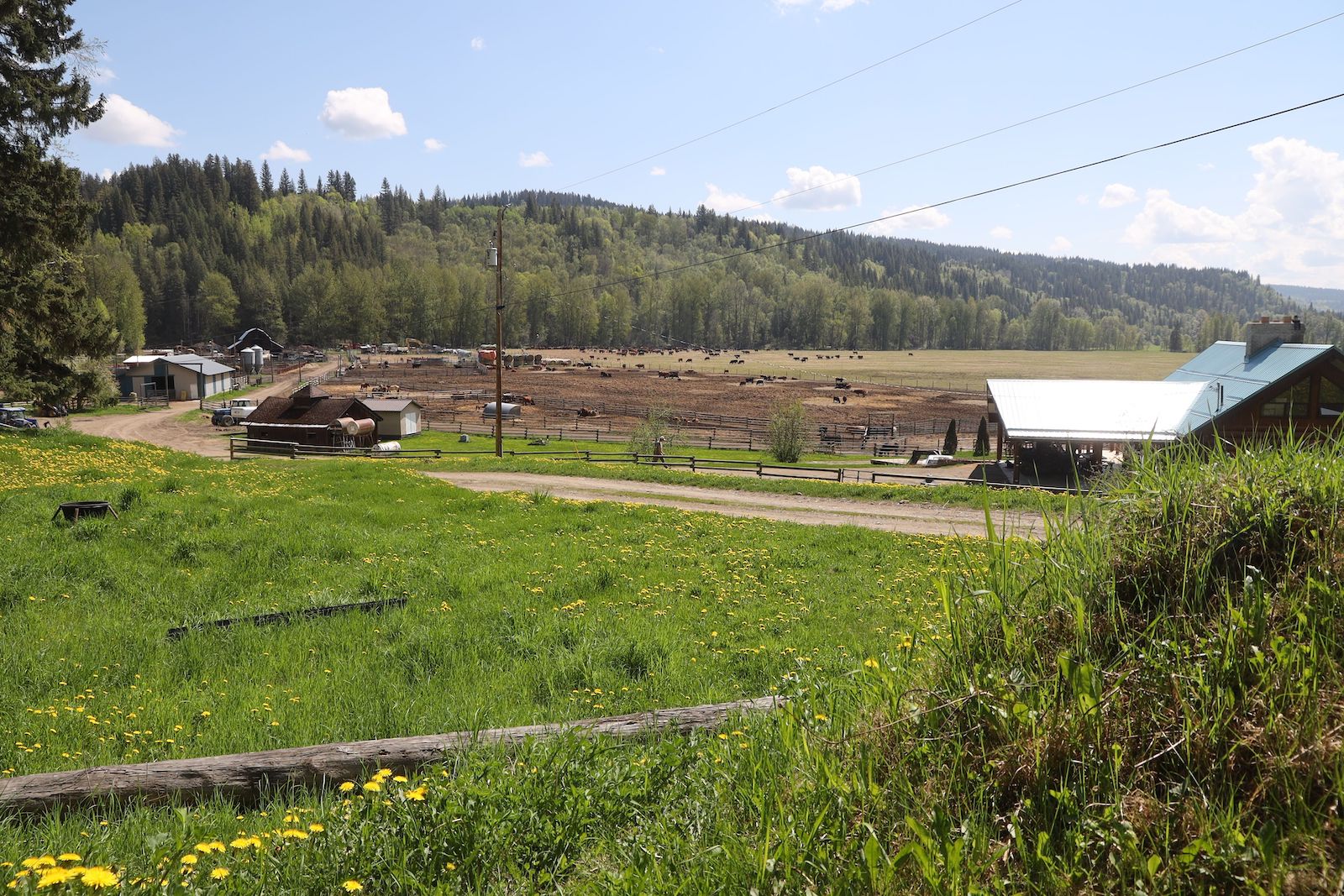
A horse’s hooves are made of two parts: a hard outer layer and an inner hoof made of soft tissue and bone. The outer hoof requires trimming roughly every four to six weeks, depending on wear and growth.
Most of this work is done with a horse weighing several hundred kilograms looming overhead, with the hoof tucked between the farrier’s legs, or sometimes resting on a stand. The students work across the hoof, cutting away the excess, then use a rasp to smooth and shape.
In this course, students have been learning about horse and hoof anatomy, proper trimming and shoeing techniques, how to ensure a safe work environment, and how to handle horses. A good farrier must also have patience and empathy, and respect the animals they’re working with.
“When you pick up the foot, you do around 60 seconds, then you drop it, then you do it again. That really helps. The horses were more patient,” says student Sarah McKenzie.
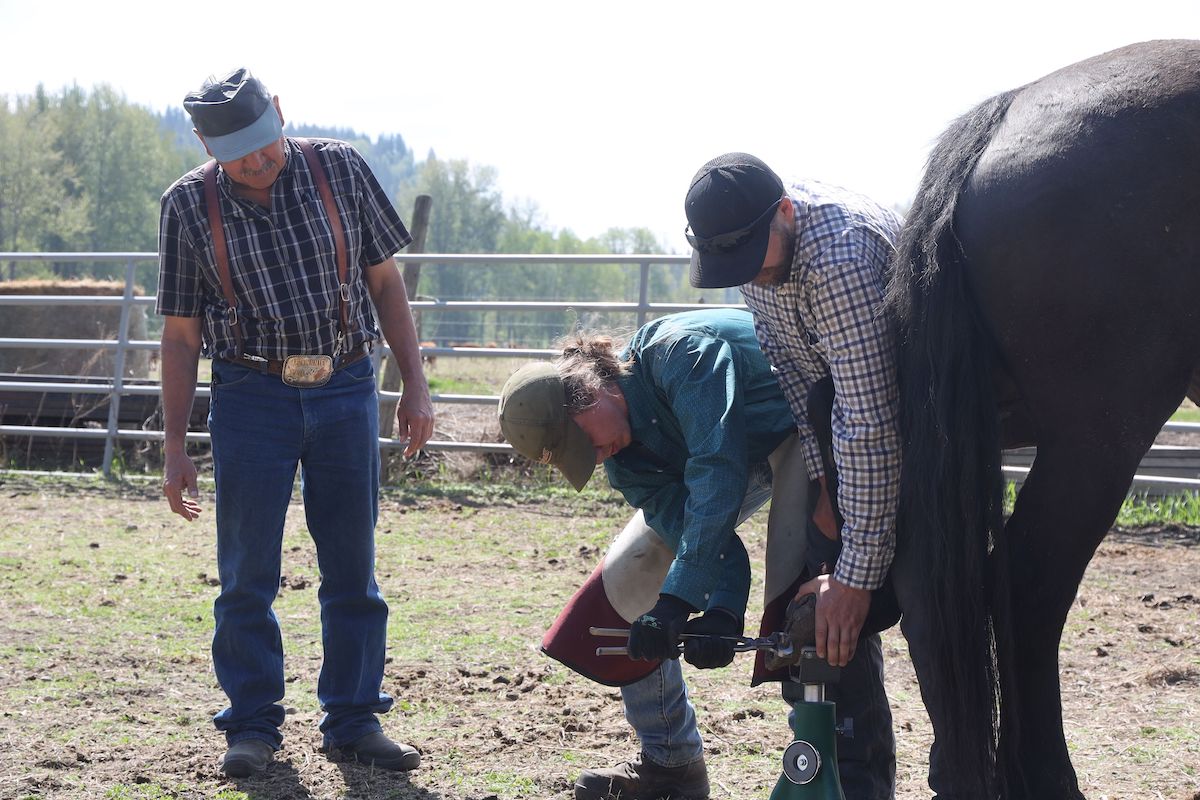
Today, the horses seem largely resigned to the process. There is only an occasional snort when someone abuses the 60 second rule.
“You have to have learn their boundaries and respect how big they are,” Lemieux says. “They can do what they want. It's good to not get in an argument with them. You must learn to understand how a horse thinks and how they respond to certain movements.”
The students work with the different instructors, learning each one’s particular approach.
“Some of them wanted to start at all the way at the heel of the foot and work down. Some wanted to start at the very toe and work up on both sides. So I try to find one that works the best for me,” Boston says.
Students have also been learning how to cut and shoe the horses according to their role.
“Different athletes wear different shoes for different sports,” instructor Gordon Puhallo explains. "It's the same with the horses because they are the athletes. These mountain horses that we're doing today, you give them room for comfort. They'll be putting in long hours.”
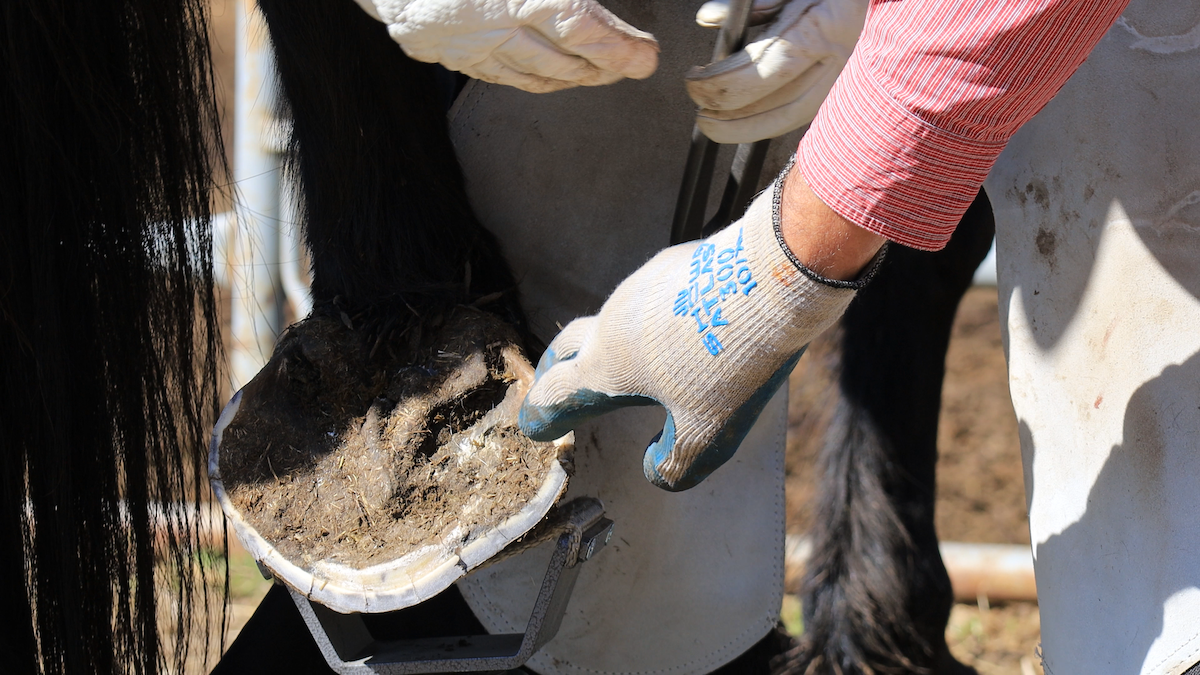
These technical skills are only one part of the job. There’s also the backbreaking labour.
“A lot of heavy lifting,” McKenzie says. “It is very physical. You must have good upper body strength and a lot of lat strength too.”
Funk was surprised by the strain on the backs of her legs and knees. “I thought it would be more on my back. I need to start doing some leg workouts and stuff so that I can have the stamina of our instructors!”
Alphonse says working with horses also puts mental demands on a farrier that may go unnoticed by the casual observer. He makes sure his students develop emotional and mental tools to meet those needs.
“When I put together any kind of training, there's always a component that I want to add to it. And a lot of it has to do with mental preparation, even a little bit of a spirituality, to get people to focus. You find out where they're at, so they have some confidence in you as a teacher. You get to a state where they can trust you, it's the same thing working with a horse.”
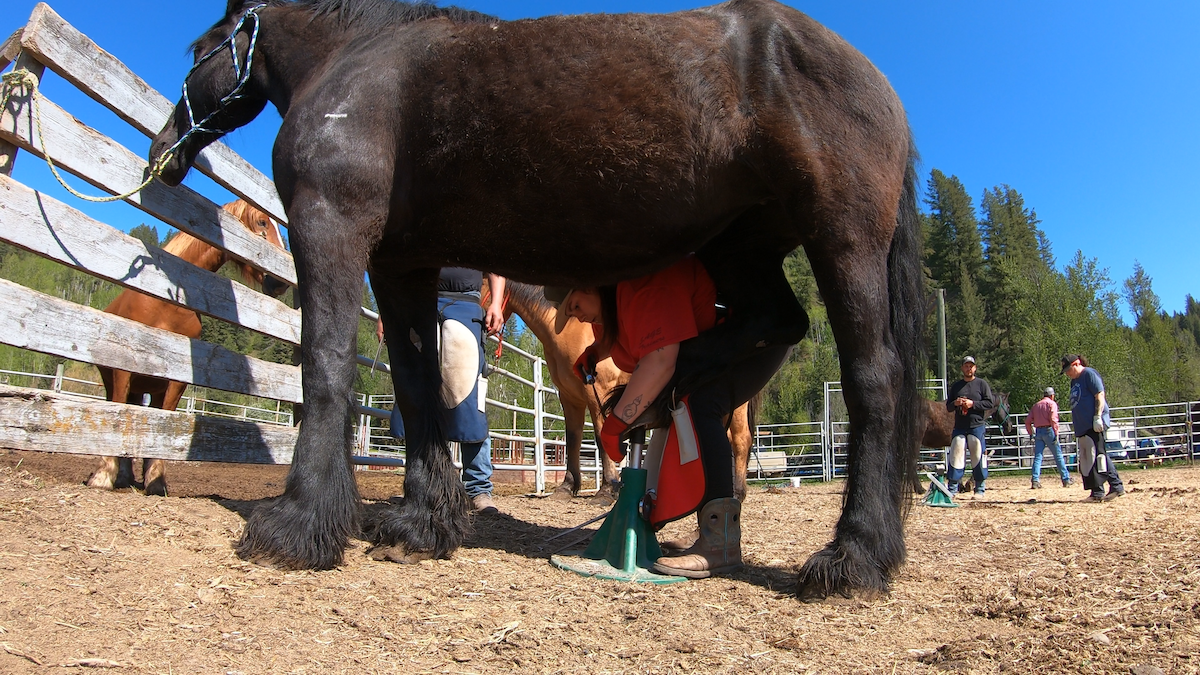
Alphonse says it's important to him to ensure there is a new generation of farriers in the Cariboo-Chilcotin to carry on his family's tradition. His paternal great-grandfather came from Pennsylvania following the gold rush, settling at Big Bar, near Clinton.
“There he married and my grandfather was born. So, my grandfather was also a blacksmith and a horseman like his father and my dad picked up the trade as well, where I was able to learn from him.”
Alphonse’s career path took a circuitous route along the rodeo circuit and into the forests as a logger before he returned to his family roots. To supplement the skills he learned growing up, he studied at the Pacific Coast Horseshoeing School in Sacramento, California. Today his skills and experience remain in high demand in the Cariboo Chilcotin. As many current farriers like Alphonse approach retirement, those with skills and talent are expected to find themselves in steady demand.
“I'm turning down people all the time because there's not enough farriers,” says instructor Gordon Puhallo. “I don't want to be doing it seven days a week because I’m semi-retired. I'm 68-years-old now. I will probably do this for another four or five years. I've worked with Tom for over 20 years. We're getting a little longer in the tooth, so we need the young people coming up. They're very enthusiastic and it's good to see.”
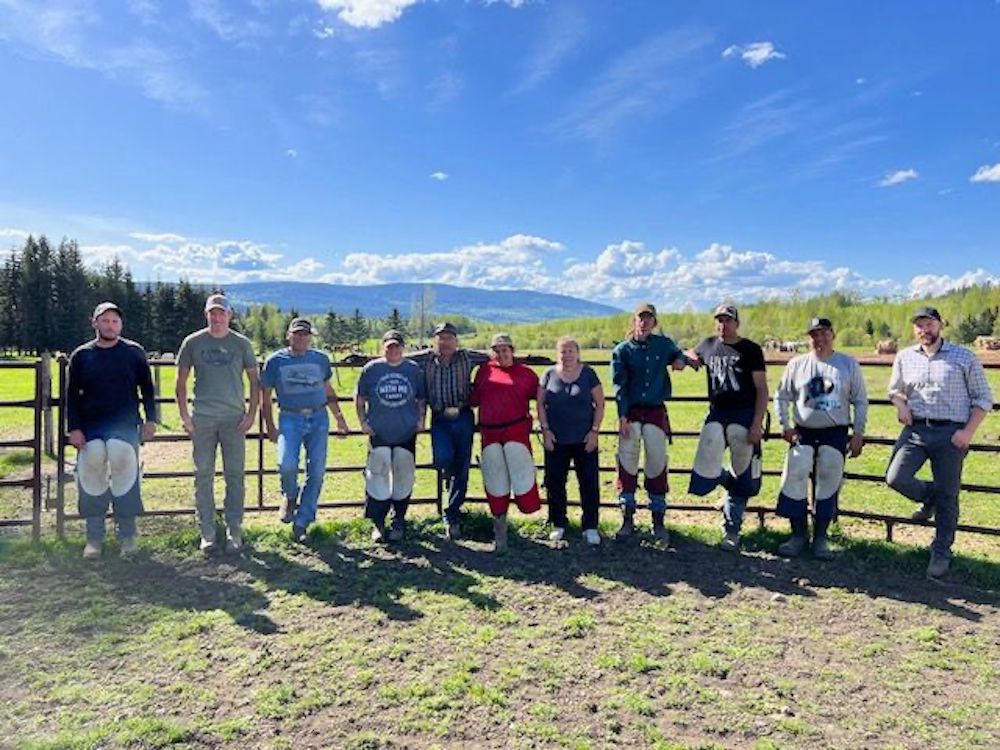
The skills are also applicable for those, like Funk, who are considering a career path where they own their own ranch.
For student Dustin Sargent, these new skills are complementary to his work as a land guardian.
“I heard about this program through my work with [Stswecem’c Xget’tem First Nation],” he says. “They mentioned that they might be getting a horse for us going forward, and I wanted to just learn more about horses and how to better take care of them, so if they do decide to, then I can maintain and take care of them myself and be able to do that without having to either pay someone or having someone else to do it.”
Working with horses today might see a farrier going anywhere from urban settings to country estates. Special events, sports, entertainment and private horse owners are all potential client bases. Farriers are in demand anywhere from polo grounds to police detachments.
“It’s a great community and a great way of life. I travelled for years and years with it, travelling the country and just being around animals. You can’t beat that lifestyle,” says horseman Dennis Grinder.
“As long as there's a horse anywhere, there's going to have to be someone that's going to have to know how to look after these animals,” Alphonse adds. ![]()
Read more: Indigenous, Education


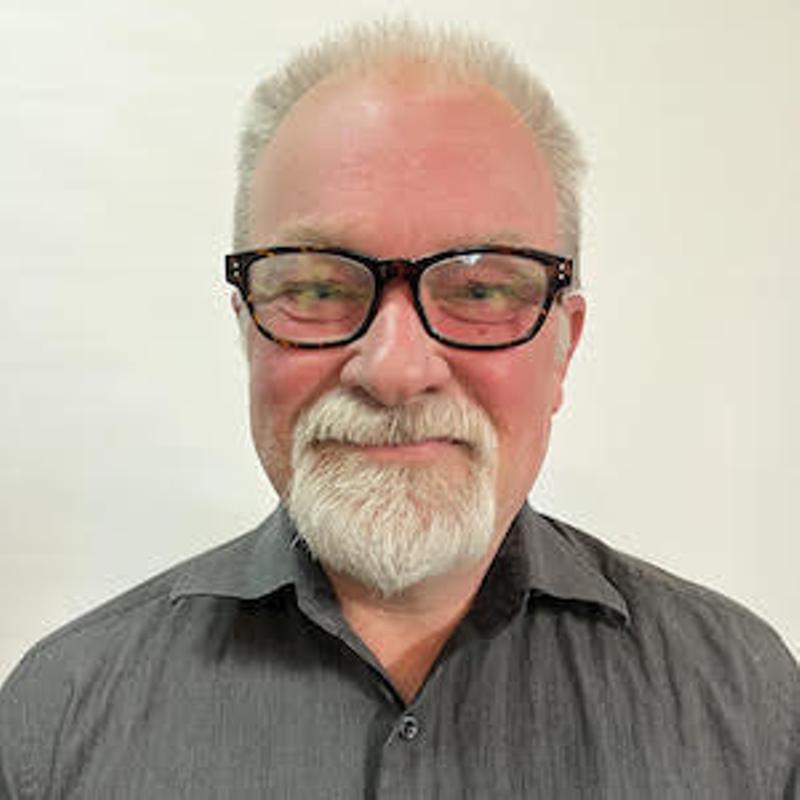
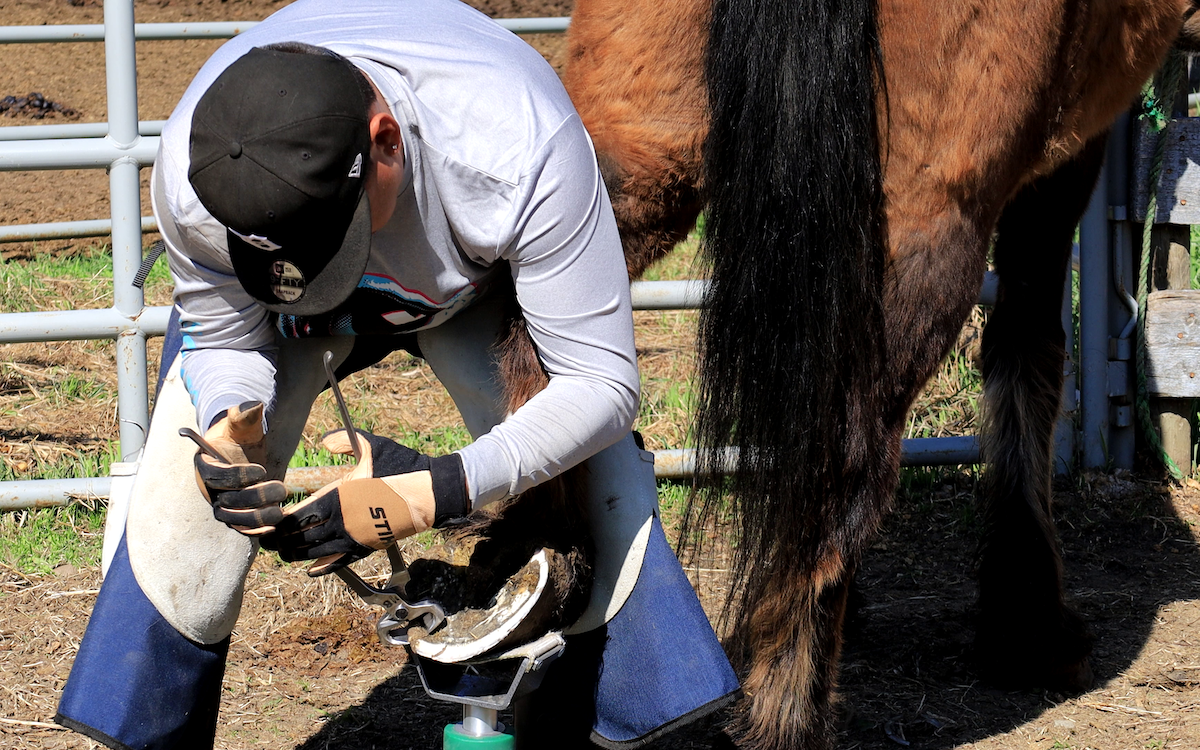









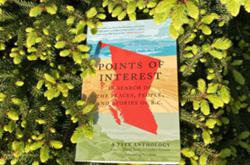


Tyee Commenting Guidelines
Comments that violate guidelines risk being deleted, and violations may result in a temporary or permanent user ban. Maintain the spirit of good conversation to stay in the discussion and be patient with moderators. Comments are reviewed regularly but not in real time.
Do:
Do not: